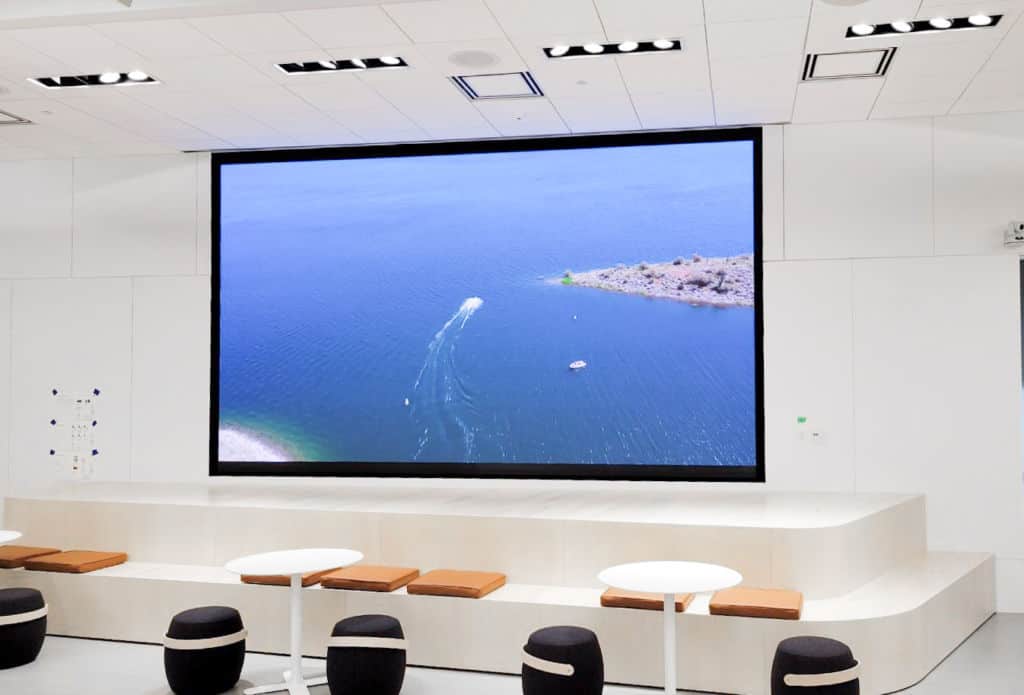To get a grasp on contrast ratios better, it is helpful to comprehend how they are calculated. The ratio is typically expressed as two numbers, such as 1000:1. This means that the brightest white is 1,000 times more luminous than the darkest black. Screens with elevated contrast ratios offer deeper blacks and more vivid whites, which improves the overall visual experience. When viewing a film or engaging with a game title, for example, these differences can produce a more immersive environment. Users can observe elements that may be unnoticeable in screens with lower contrast ratios.
Different types of display systems, such as liquid crystal display, LED, and OLED, have different contrast ratios. Organic LED panels are known for their superior contrast because they can deactivate individual pixels completely, resulting in true black levels. On the other hand, traditional liquid crystal displays may fail to achieve similar levels of darkness due to their backlighting methods. It is important for consumers to evaluate these differences great post to read when choosing a display for their needs. Grasping how each system handles contrast can significantly influence satisfaction with the device.
Moreover, the significance of contrast ratio extends beyond recreational use; it also influences efficiency in work environments. For tasks demanding precise visual analysis, such as graphic design or photo editing, having a screen with a superior contrast ratio allows for greater precision and clarity. This ensures designers can see subtle details in their designs or images without strain. In learning settings, learners benefit from high-quality displays that make educational content more engaging outdoor led wall for festivals and easier to comprehend.

To sum up, enhancing visual experience through understanding contrast ratios is vital for individuals using screen technology. A greater contrast ratio results in superior image quality by delivering richer colors and more clarity in images. As technology continues to evolve, consumers should stay aware about these factors to make decisions that align with their needs and needs. Whether for entertainment or work, knowing about contrast ratios helps enjoyment and efficiency in using visual displays.